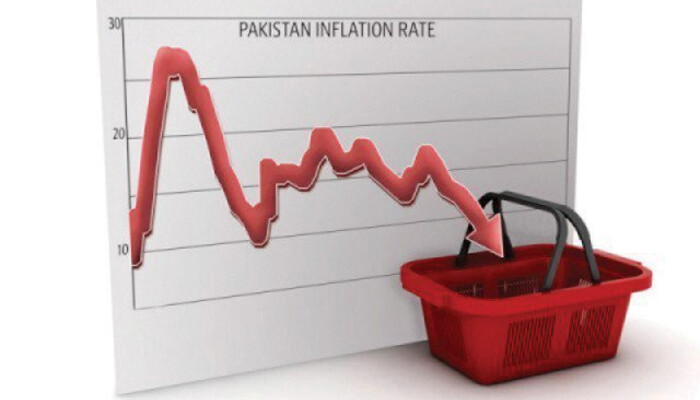July inflation rise reached 4.1%, the highest rate since December 2024, driven largely by increasing prices of fuel and non-perishable food items. Despite staying within the Finance Ministry’s projected range of 3.5% to 4.5%, the surge raised fresh concerns for consumers and businesses alike, especially with the State Bank of Pakistan (SBP) maintaining tight monetary policy.
Inflation Jumps at Start of New Fiscal Year
According to the Pakistan Bureau of Statistics (PBS), prices of essential goods and services rose sharply in July, marking the beginning of fiscal year 2025–26 with a notable spike. On a month-to-month basis, inflation increased by 2.9%—the steepest rise in over two years.
The primary reasons behind this surge were a hike in energy tariffs and the cost of non-perishable food items. The administrative rise in electricity and gas prices, coupled with higher fuel rates, intensified the overall inflation pressure.
Central Bank Holds Firm on Interest Rates
Despite inflation falling within target bounds, the SBP has refused to cut interest rates, which currently stand at 11%. This rate is 6.9% higher than the current inflation figure, placing additional strain on borrowing costs for both the private sector and government.
The central bank’s Monetary Policy Committee stated that inflation risks had increased due to sharper-than-expected adjustments in energy prices. It noted that fuel and electricity rates would remain volatile, although year-on-year energy inflation still appeared moderate.
The SBP projected inflation to stabilize within the 5%–7% range in the coming months, but it refrained from easing its stance. It cited the phasing out of temporary relief on electricity bills, continued gas tariff hikes, and motor fuel price adjustments as reasons for staying cautious.
Read: Gold Prices Drop Sharply Across Pakistan
Debt Servicing Takes Half the Budget
The government has allocated Rs8.2 trillion for debt servicing in FY 2025–26—nearly 46% of the total approved federal budget. High interest rates heavily benefit commercial banks but strain public finances and limit fiscal flexibility.
Despite the government’s recent reduction of petrol prices by over Rs7 per liter, it has done little to offset inflationary pressures caused by broader energy costs.
Urban Areas Hit Harder Than Rural
Urban inflation rose to 4.4% in July, driven by rising costs of gas, electricity, and non-perishable food items. In contrast, rural inflation slowed to 3.5% as prices of perishable food items fell more sharply in those regions.
PBS data also indicated that non-food inflation increased to 5.9% in cities and 5.4% in rural areas. Core inflation—excluding food and energy—stood at 7% in urban areas and dropped to 8.1% in rural regions, suggesting mixed underlying price pressures across sectors.
Food Prices Climb, Sugar Becomes a Flashpoint
Food inflation eased slightly, mainly due to falling prices of perishable goods. However, several staple items saw dramatic increases. Sugar prices spiked by 29.4% year-on-year and jumped more than 6% in July alone. The government’s earlier decision to allow sugar exports—up to 765,000 metric tons—has come under scrutiny.
Despite a government deal with the Pakistan Sugar Mills Association to keep the ex-factory sugar price at Rs165 per kg, PBS reported an average retail price of Rs179 per kg, peaking at Rs190. The Auditor General of Pakistan told the Public Accounts Committee that sugar mills profited massively—an estimated Rs300 billion—from the export decision.
Other food items, including pulses, saw steep price hikes. Pulses became 20% more expensive last month, adding further pressure on low-income households already struggling with rising utility bills.
Non-Food Costs Add More Burden
Non-food prices also showed troubling signs. Motor vehicle taxes surged by 169%, gas prices rose 23%, and water supply costs increased 14%. These administrative and indirect cost increases have a cascading effect, feeding broader inflation and reducing consumer purchasing power.
The PBS collects inflation data from 35 cities and 27 rural centers, tracking hundreds of consumer items. July’s figures reflect a country still grappling with the aftershocks of fiscal tightening, energy price reforms, and supply chain pressures.
Looking Ahead: Tightrope Between Stability and Relief
With inflation climbing and interest rates at their highest in years, the government and central bank face mounting pressure to strike a balance. As fuel and food continue to drive inflation, calls for rate cuts and policy easing will likely grow louder. However, without stabilizing energy prices and curbing supply-side shocks, relief may remain elusive.
